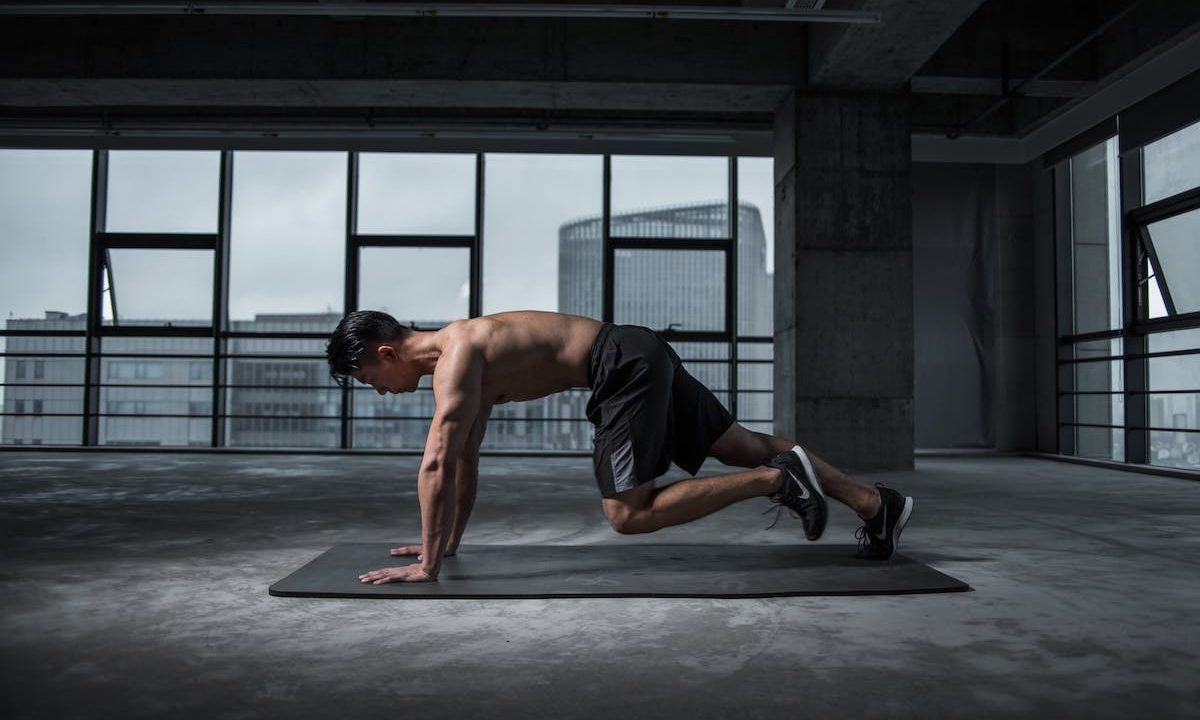
Those looking for a regular exercise workout routine have nearly unlimited choices. However, if you are pushed for time or live a hectic lifestyle and need a quick but effective exercise fix, the choice narrows somewhat.
This is where Tabata workouts could answer your fitness needs, especially if your workout goals involve calorie and fat burning. For those looking for short, high-intensity exercise that fits into a busy day, a Tabata workout could be perfect for you, as it only takes 20 minutes.
So, if you are curious about these workouts and how they can benefit your health, read on to learn all you need to know about Tabata!
What is a Tabata workout?

A Tabata workout is a form of high-intensity interval training (HIIT). It consists of eight rounds of dynamic exercises, each lasting 20 seconds, followed by 10 seconds of rest.
Tabata is thought to be highly effective at burning calories and fat. It is named after Japanese scientist Dr. Izumi Tabata, who developed this exercise format himself.
Tabata training allows you to push yourself to your extreme during each 20-second interval, leading to an intense workout that can produce positive and exciting fitness results.
What is the difference between HIIT and Tabata?

While some consider Tabata a form of HIIT, there is a slight difference between the two exercise routines.
Both HIIT and Tabata involve short, intense bursts of exercise. However, Tabata is considered to be the mother of high-intensity workouts and involves shorter rest periods, so a level of fitness is required before you dive into a Tabata workout.
While Tabata can be physically challenging, the intensity produces the benefits, so be prepared to give each session everything you’ve got. Because of this, Tabata can also be used as a cardiovascular workout.
What are the benefits of Tabata?

As already mentioned, the benefits of Tabata include calorie and fat burning, as the exercise form is thought to boost your metabolism. Your cardiovascular health can also be improved over time. Muscles and joints are certainly challenged during the exercises, so you may see an increase in muscle mass in addition to some weight loss. It is important to note that you must be consistent with Tabata workouts in order to see real benefits.
Is Tabata good for fat loss?
Tabata workouts have shown that they can be highly effective for fat loss. This is mostly attributed to the intense nature of Tabata training. The level of activity involved helps boost your metabolism and sets in motion a cycle of calorie burning, which continues both during and after the workout.
Additionally, aerobic and anaerobic exercise can help you shed fat but build lean muscle mass, leading to a more toned and defined body. Ultimately, factors like age, weight, genetics, and conditioning will determine how much fat you can burn during Tabata workouts.
Who is Tabata best for?

Tabata is for men and women with a reasonable level of fitness. When added to their daily on-field training programs, even athletes can benefit from this form of exercise.
You should ease yourself into the intensity needed to make Tabata effective. Doing so can prevent injuries and build momentum at a pace that suits you.
Seniors and those with joint, heart, and lung problems should avoid Tabata. More gentle and slower-paced exercise routines are likely a safer option. Anyone with a serious health problem should consult a health expert before performing Tabata workouts or any other form of exercise.
Effective Tabata workouts to try

Jump squats
- Stand up straight with feet hip-width apart.
- Bend your knees to come into a full squat position while bringing your arms in front of you.
- In one motion, jump upwards out of the squat and swing your arm behind you for momentum.
- Land softly with your knees bent to prevent any jarring, and then go right into the next jump squat.
Burpees
A Burpee combines four exercises into one and offers a full-body workout: a jump, squat, plank, and push-up.
- Start in a standing position.
- Bend down and place your palms on the ground, shoulder-width apart. You should be in a semi-crouching position.
- In one motion, jump your feet back so you come into a full plank.
- Perform a single push-up by bending your elbows and bringing your chest low to the floor.
- Press through your palms to come into a full plank again, and then jump your feet back up between your hands.
- Explode upwards and jump up so your feet leave the ground. Land softly and repeat all the movements for another burpee.
Mountain climbers
- Get into a full plank position with your body in a straight line from your head to your heels.
- Keeping your back as straight as possible, bring one knee to your chest.
- Jump that leg back as you bring the other knee to your chest. Quickly alternate your legs until you get a climbing rhythm.
High knees
- Stand up straight with your feet hip-width apart.
- Simultaneously, bring your right arm up and your left knee towards your chest until your leg is at a 90-degree angle. Quickly release and repeat with the left arm and right knee.
- Repeat these movements at a fast pace while staying stationary.
Plank jacks
- Start in a high plank position, with your body forming a straight line.
- Brace your core, and jump your feet out wide.
- Jump them back together to complete a rep, as if you are doing a horizontal jumping jack. Your arms should remain still throughout the movement.
Russian twists
- Take a seat with your knees bent and feet planted on the floor, and grip a small weight with both hands at waist level.
- Slightly lean back until you feel your abdominals contract, and raise your feet off the ground while keeping your knees bent.
- Bring the weight down to the floor on one side of your hips and then to the other side. Continue this twisting motion for a predetermined number of reps.
Lunges
- Start in a standing position with your hands on your hips.
- Step your right foot forward and bend that knee until your thigh is parallel to the floor. Your left knee should also naturally bend to a 90-degree angle.
- Push through your right foot to bring your leg back and come to standing.
- Repeat on the other side and keep alternating.
Crunches
- Lie on your back with your knees bent and feet flat on the floor.
- Lift your head and lightly hold your neck in your hands.
- Keeping your chin directed at the ceiling, lift your shoulder blades off the floor high enough to engage your core.
- Hold here for a moment before coming back down.
Is 20 minutes of Tabata enough?

20 minutes of Tabata can be highly effective. This can improve cardiovascular fitness, burn calories, and promote fat loss. However, listen to your body and adjust the workout intensity and length as needed.



